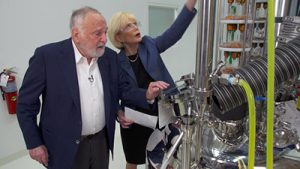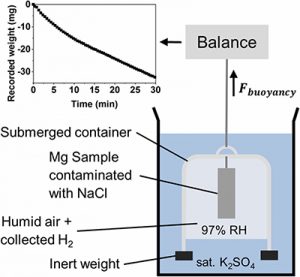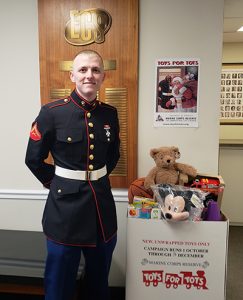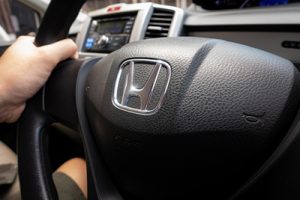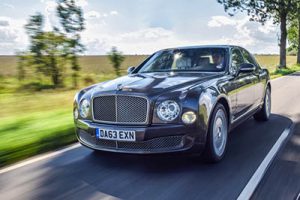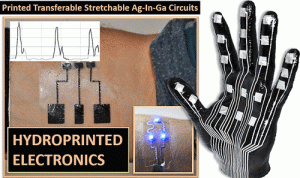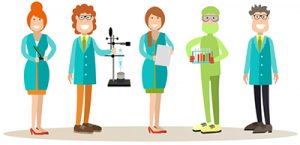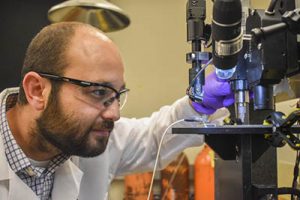Marshall Medoff will make you think twice about what is possible. The 81-year-old took an interest in the environment 25 years ago and decided he was going to take it upon himself to stop global warming. With no science background or financial support, Medoff took it upon himself to “save the world.” For more than a decade, he worked alone out of a garage at a storage facility, educating himself and working towards his goal; his solution, transform inedible plant life into environmentally friendly transportation fuels in a clean, cost-effective alternative.
“Cellulose is everywhere. I mean, there’s just so much cellulose in the world and nobody had managed to use any of it,” explained Medoff, as he chatted with correspondent Lesley Stahl on 60 minutes. “I said, ‘Wow, if I can break through this, we can increase the resources of the world maybe by a third or more.’ Who knows?” (more…)


